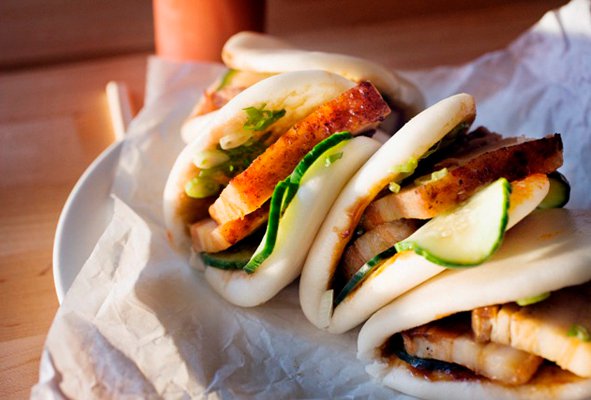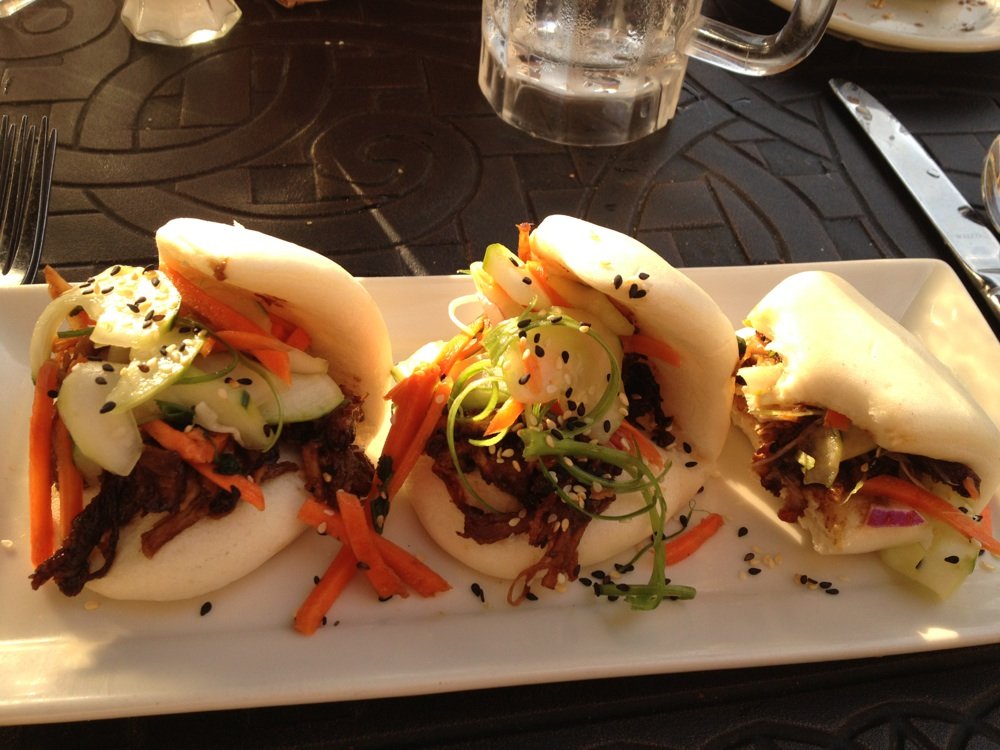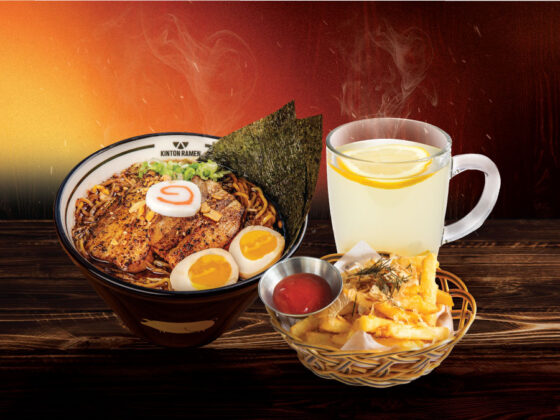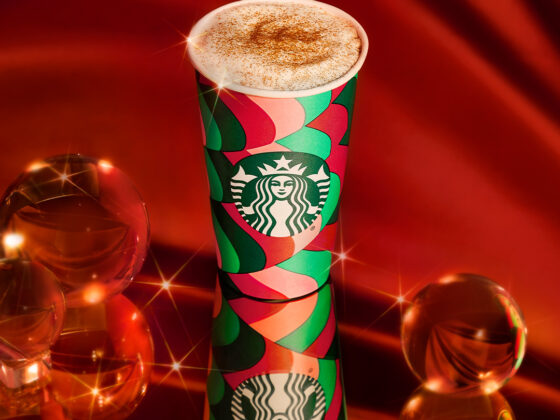Gastown’s Bao Down may be the first Vancouver eatery to specialize in steamed bao bun sandwiches, but it likely won’t be the last.
The quick-service, 25-seat restaurant has been generating lunchtime lineups and satisfying the munchies for late-night club-goers ever since it opened in March. Owners (and brothers-in-law) Matthew Adolfo and Greg Edwards caught the trendy bao sammie tsunami that recently smacked Toronto with a tidal wave of Sriracha sauce. They then smoothly rolled into Vancouver, where bao buns are widely available in their more traditional iterations, but have never been fetishized quite to this extent.
What’s not to love about these white, pillowy, slightly sweet steamed buns that can be stuffed with endless variations of Asian-fusion fillings? Bao Down’s Bao Chicka Bao Bao – loaded with tender free-range chicken marinated in fried lemongrass and garlic – is as fun to gobble as it to garble.
ADVERTISEMENT |

A staple of Northern China (where it’s called mantou) since the Three Kingdoms Period in the 3rd century AD, the bao has crossed borders to permeate cuisines all around the world: Vietnam (banh bao), Philipines (Siapao), Hawaii (manapua), Germany (dampfnudel), Turkey (manty), and so on and so forth.
It was only a matter of time before this versatile, supremely tasty hand-held food infiltrated the hipster pantry. Herewith, a timeline of the bao’s feverish ascent.
225 AD
According to Chinese folklore, military strategist Zhuge Liang led the Shu Army invasion of the southern lands (modern day Burma) to overthrow the barbarian king Meng Hou. Rather than sacrificing more soldiers to cross a swift-flowing river and appease the river spirits, he slaughtered his horses, stuffed the meat into buns that looked like human heads and threw them into the water. Thus, the name mantou – barbarian’s head.
2004
A few millennia later, at Momofuku Noodle Bar in New York, David Chang added a thin layer of hoisin sauce to a traditional Taiwanese pork belly bun (gua bao), substituted cured cucumbers in place of preserved mustard greens and created a cult sensation. The Momofuku pork bun, still going strong in various iterations across the Momofuku restaurant empire, has inspired countless imitators around the world.
ADVERTISEMENT |

2009
Vancouver’s Bao Bei restaurant elevates traditional Chinese cuisine in a Chang-inspired hipster setting. Chef Joel Wattanabe bravely makes his own mantou (something even Chang dared not attempt). The braised beef version is an instant hit.
2010
Vancouver’s Roaming Dragon food truck takes Chinese pork belly sliders to the streets.
2011
Toronto’s Banh Mi Boys takes over a schwarma joint near Queen and Spadina for their first location. They add steamed buns to their menu of new-school banh mi. A legend is born.
2012
The Cheesecake Factory introduces Vietnamese tacos to its chain restaurants across the U.S. It’s basically a bahn mi bao – a steamed bun stuffed with roasted pork, marinated cucumbers, carrots, onions and chilis.

2013
Bao buns officially jump the shark when Earls Kitchen + Bar roll out their BBQ Pork Buns across Canada.
ADVERTISEMENT |
2014
Bao buns explode in Toronto (and Sydney, Australia in the wake of David Chang new restaurant). Filling flavours go berserk with Dailo’s Big Mac Bao, Lucky Red’s S’mores Bao and Mean Bao’s Sloppy Joe Bao.
2015
Bao Down touches down in Vancouver with the locally inspired, OceanWise albacore tuna YVR Bao. Asian cuisine purists may frown, but lunchtime in lotus land will never be the same.
Related Link: Toronto Restaurants with the Best Tacos
ADVERTISEMENT |
Featured Image: The Jaws bao from Bao Down (Bao Down’s Facebook page)
Did we miss any major bao milestones? What’s your favourite bao? Let Vv Magazine know in the comments below, or tweet us @ViewtheVibe.





